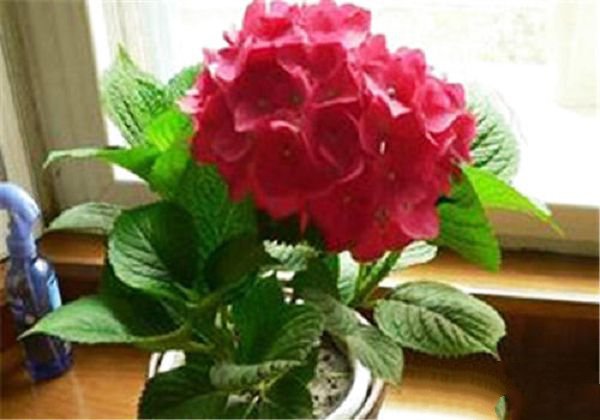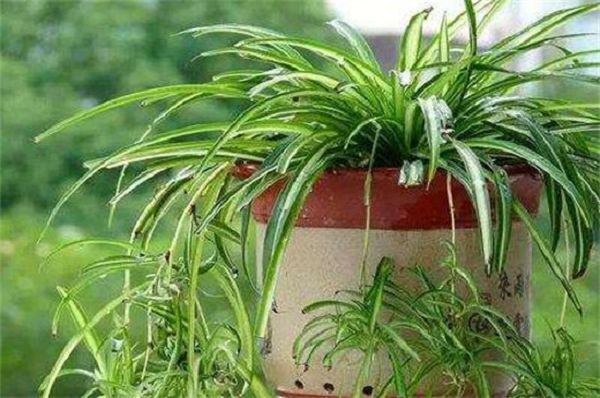Technical process of soilless cultivation of Flower Bonsai
The soilless cultivation of flower bonsai can be carried out in any season. Soilless cultivation can make flowers grow rapidly, robust, blossom more and early, big and fragrant, and resistant to cold and heat, less diseases and insect pests. The following is to introduce the specific operation steps of soilless cultivation of bonsai:
1. Preparation of nutrient solution: dilute the water of soilless cultivation nutrient solution sold on the market according to the prescribed multiple. You can also prepare your own nutrient solution with the following formula: ① large amount of elements: potassium nitrate 3 g, calcium nitrate 5 g, magnesium sulfate 3 g, ammonium phosphate 2 g, potassium sulfate 1 g, potassium dihydrogen phosphate 1 g; ② trace elements: (applied chemical reagent) disodium ethylenediamine tetraacetate 100mg, ferrous sulfate 75 mg, boric acid 30 mg, manganese sulfate 20 mg, zinc sulfate 5 mg, copper sulfate 1 mg, ammonium molybdate 2 mg. ③ tap water 5000 ml (5 kg). A large number of elements and trace elements are mixed into solutions and then mixed to form a nutrient solution. The amount of trace elements is very small, and it is not easy to weigh, so it can be prepared by expanding multiples, and then the amount can be extracted by the same multiple. For example, the trace elements can be weighed 100 times to become a solution, and then 1% of the solution can be extracted, that is, the required amount. The nutrient solution is non-toxic, odorless, clean and hygienic, and can be stored for a long time.
two。 Remove the basin: push the root system to the soil with your fingers from the hole at the bottom of the basin.
3. Root washing: soak the root system with soil in water close to the ambient temperature to wash the soil in the rhizosphere.
4. Extract: soak the washed root in a mixed nutrient solution for 10 minutes to fully absorb nutrients.
5. Pot and liquid filling: wash the flowerpot, place tiles or fill plastic yarn in the bottom hole of the pot, then put a little perlite and stone in the basin, then put the plant into the basin, fill the root system with light minerals such as perlite and stone, and gently shake the flowerpot so that the ore is closely connected with the root system. Immediately irrigate the prepared nutrient solution until there is an outflow from the bottom hole of the basin.
6. Strengthen the root system: put pieces such as quartz stone and axe stone on the root system to strengthen the root system and avoid lodging. At the same time, spray some water on the leaves.
7. Daily management: soilless cultivation of flower bonsai, the requirements of light, temperature and other conditions are no different from those of soilless cultivation. During the plant growth period, the nutrient solution should be irrigated once a week, and the amount of slow-growing flowers should be reduced according to the plant size, and once from half a month to January in winter or dormant period. Indoor foliage plants can survive under low light conditions, so the amount of nutrient solution should be reduced. Nutrient solution can also be used for foliar spraying. At ordinary times, we should pay attention to timely watering.
Generally easy to cultivate are tortoise-backed bamboo, Milan, gentleman orchid, camellia, rose, jasmine, rhododendron, kumquat, evergreen, violet, Phalaenopsis, inverted golden bell, five-needle pine, Camptotheca, rubber banyan, Brazilian iron, begonia, ferns, palms and other indoor and outdoor flowers bonsai.
- Prev

Matters needing attention in planting flowers in plum rain season
Matters needing attention in planting flowers in plum rain season
- Next

Which flowers are sown in winter? take an inventory of eight cold-resistant flowers.
Which flowers are sown in winter? take an inventory of eight cold-resistant flowers.
Related
- What if the leaves of potted flowers turn yellow?
- Florescence Control of several Flowers
- Anti-freezing technology and post-freezing nursing technology of flowers
- What is the classification of flowers? What are the common methods of flower classification?
- Prevention and control of alkali and acid damage of flowers in courtyard
- Technology of Anti-freezing and restoring growth of Flower seedlings in greenhouse and greenhouse
- How does flower fertilization not hurt the root? Fertilization technology of flowers
- Key points of disinfection in flower greenhouse
- Several pesticides that are banned or used cautiously in flowers
- How to fertilize the flowers that watch the leaves?

